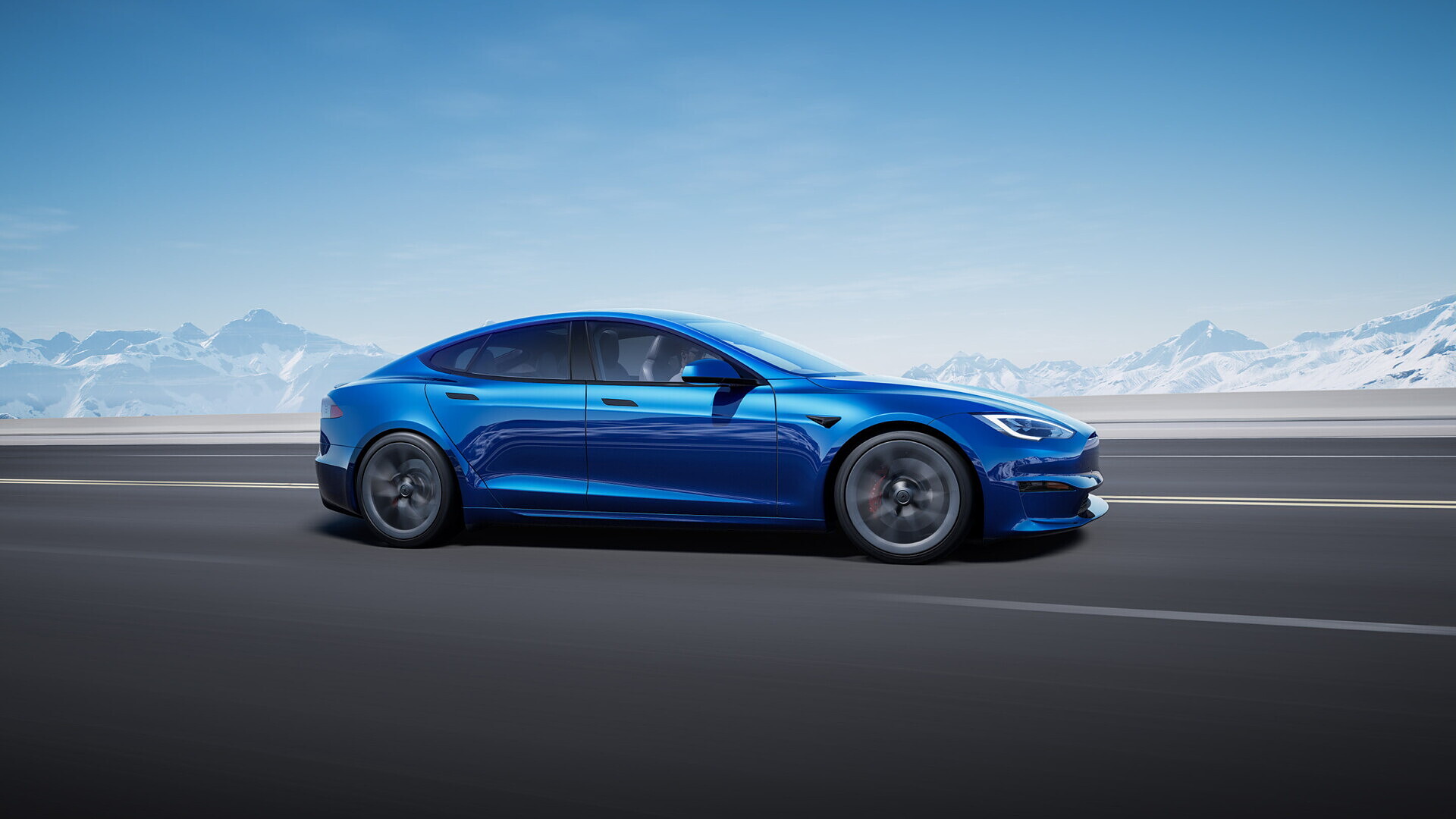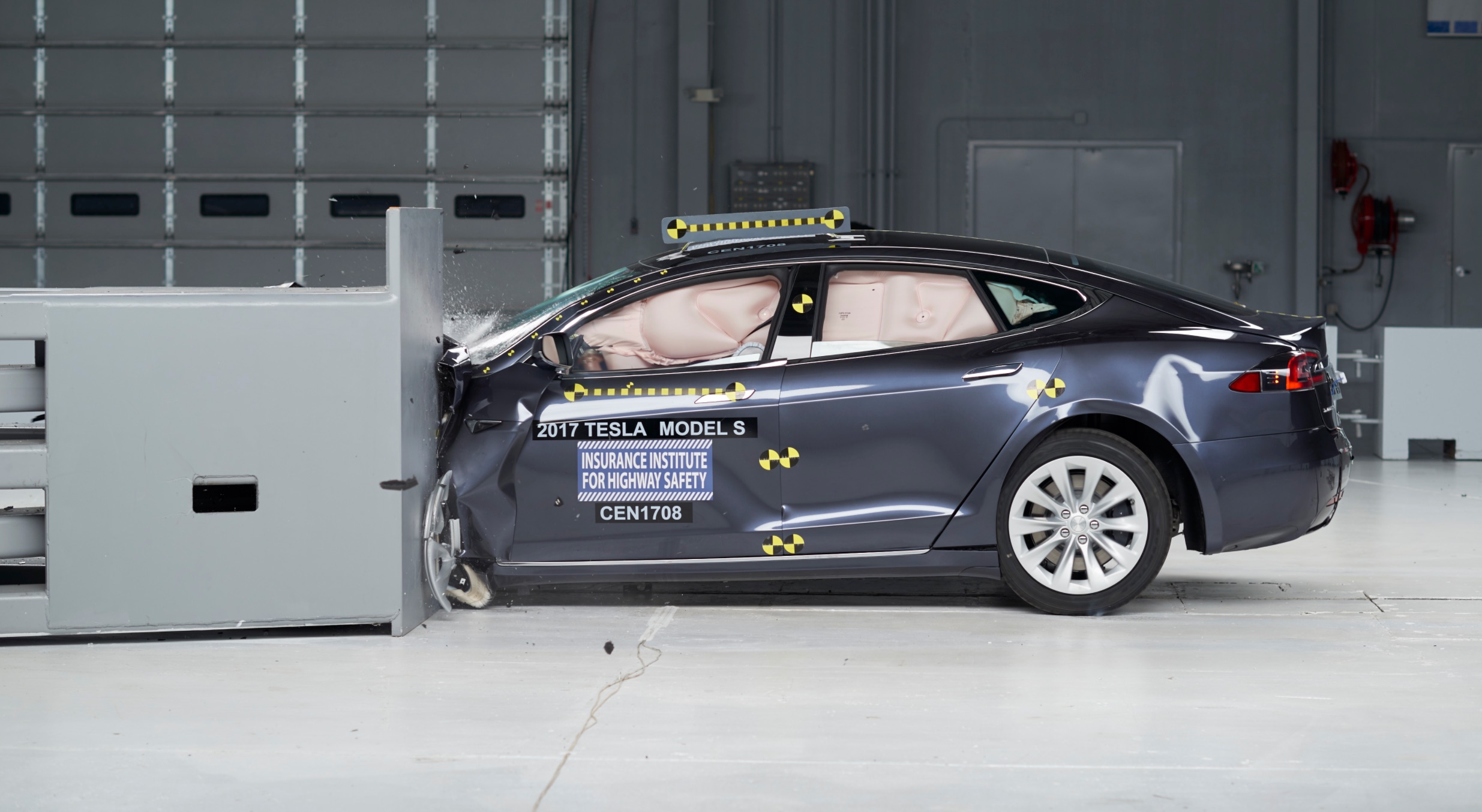Tesla Model S is one of the most highly-anticipated vehicles of any automaker. The Model S has a cult-like following, with some owners willing to spend thousands on upgrades and customizations that increase the car’s performance.
However, the EV doesn’t have to be a gorgeous showpiece for it to be used as an actual EV. In fact, many Model S owners use their cars for everyday driving and errands around town. This guide will explain everything you need to know about using your Tesla as an EV.
How does the Tesla Model S work as an EV?

The Tesla Model S is a premium, all-electric sedan. Tesla’s Model S has the longest range of any sedan on the market. It hasudicrous acceleration, and Tesla claims the rear-wheel drive model can go from 0-60mph in 4.2 seconds. The Model S uses a high-speed direct current (HSC) lithium-ion battery pack to store energy.
This makes the Model S an all-electric car. The Model S also has a rotary engine for rapid acceleration. Unfortunately, it’s probably not going to be replacing the internal combustion engine as the primary source of transportation any time soon. The Model S comes with a standard 85 kWh battery that can be upgraded to a 90 kWh or 100 kWh battery.
The larger battery adds a few more miles of range, but it also increases the cost of the car. There are three Model S models to choose from. The basic Tesla Model S has a starting price of $69,000. The mid-range Tesla Model S with Autopilot has a starting price of $69,000 as well.
The top-of-the-line Tesla Model S contains the largest battery — a 100 kWh battery is standard, but can also be added to the mid-range model. There are over a dozen different Tesla Model S models to choose from. Some of the more significant differences between the models include the battery capacity, the top speed, and the additional features.
Safety ratings

Safety ratings for EVs vary between brands and models. While some of the safety features are shared across all vehicles, others differ for each type of vehicle. Safety ratings for a Tesla Model S vary between top-end models. The Model S 100D has a starting price of $75,000 and comes standard with over-the-air software updates to improve the car’s performance as well as overall safety.
It has a five-star overall safety rating according to the National Highway Traffic Safety Administration (NHTSA). The Model S 70D has an almost identical safety rating to the Model S 100D, but comes with a starting price of $64,000. The Tesla Model S has an eight-year unlimited mileage battery warranty, but the warranty coverage varies depending on the battery capacity.
If you use your Model S as an EV, it may be wise to upgrade to a larger battery. The Tesla Model S can travel up to 289 miles on a single charge. While the Model S is highly functional as a car, it also has a lot of appeal as an EV. With a long driving range and the ability to charge at home, the car is perfect for daily use as an EV. The Tesla Model S is one of the safest cars on the road. However, it’s important to keep in mind that the Model S isn’t a car that should be used for long-distance driving.
Which Tesla Model S is best for use as an EV?

The Tesla Model S is a high-end sedan that can be used as an EV. The Model S can travel up to 289 miles on a single charge. The Model S can travel up to 289 miles on a single charge. The Model S has a standard 85 kWh battery that can be upgraded to a 90 kWh or 100 kWh battery.
Unfortunately, the larger battery adds a few more miles of range, but it also increases the cost of the car. The Model S can be used as a daily driver, but it has more appeal as an EV. With a long driving range and the ability to charge at home, the car is perfect for daily use as an EV. It’s also highly functional as a car, with enough performance to handle any road trip.
Tesla charging station requirements
Tesla owners looking to use their EV as a daily driver will need to charge their car at home or at a public charging station. Public charging stations are available at many restaurants and shopping centers. Tesla owners who want to drive their car on a daily basis will need to ensure their charging station is compatible with their vehicle’s charging port.
Most charging stations use the CHAdeMO or Tesla Supercharger standard. The Model S is one of the more expensive EVs on the market, so it’s important to charge it as frequently as possible. Both the 85 kWh and 90 kWh batteries have enough capacity to drive on a daily basis. However, the 100 kWh battery can drive for longer distances, but it also costs a bit more money.
Final thoughts
Using your Tesla as an EV isn’t as difficult as you might think. The Model S has enough range to drive on a daily basis and can be easily charged at home or at public charging stations. With a high-end sedan, you can easily fit your whole family in the car and drive to a nearby park for a picnic.
The Tesla Model S can easily handle daily driving, so it’s worth considering as an EV. The Tesla Model S is one of the safest cars on the road. It has a starting price of $69,000, but could easily cost over $100,000 with upgrades, depending on the model and battery capacity.








